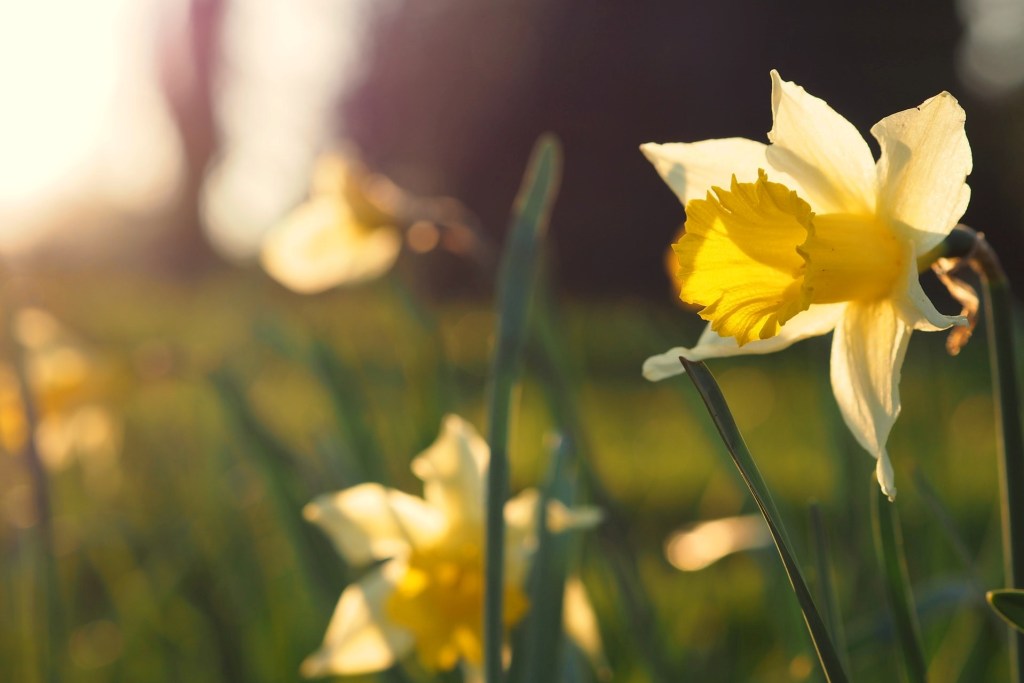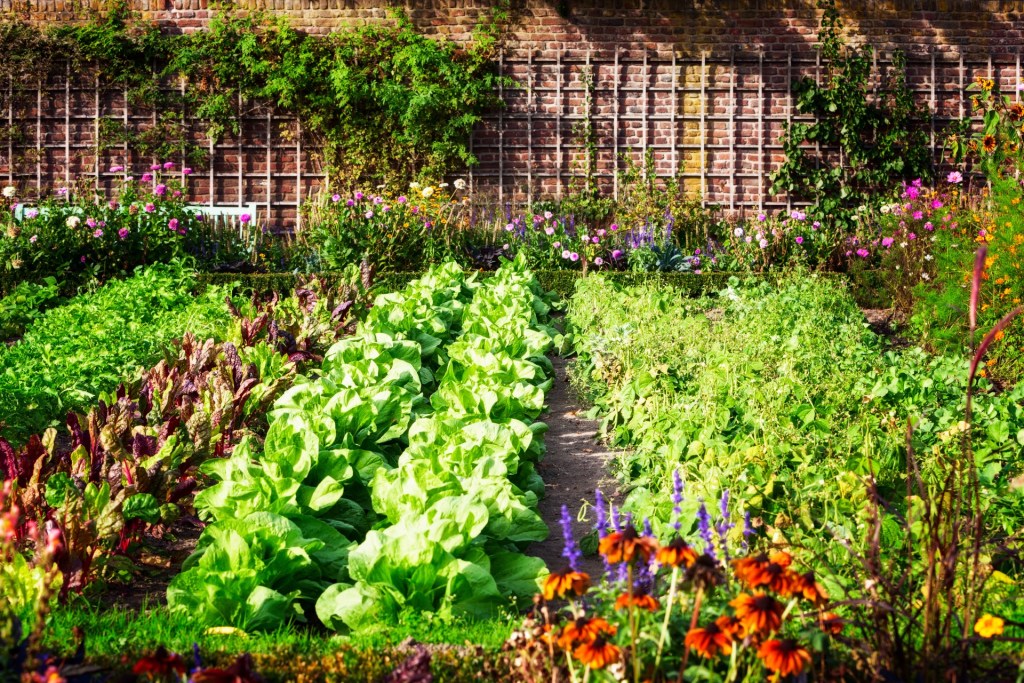The summer vacation season begins soon. While you may be diving into the ocean, your flowers will be focusing on something different; how long the daylight lasts. Summer solstice gardening is an important concept when it comes to making sure flowers bloom properly. The solstice is the day when the sun reaches its highest point in the sky at noon, making it the longest day of the year.
The difference between the summer solstice and winter solstice is huge; the summer solstice will provide almost six hours more sunlight than at the same point in the winter. This means plants will not only receive more sunlight, but also know when to bloom based on the amount of sunlight. Don’t know how to properly apply the summer solstice to your gardening? We will help you.

What is the summer solstice?
The summer solstice, also known as midsummer, is the halfway point of the summer. The solstices, especially the summer time, is important for gardeners because of the effect on how their plants flower in their garden. The summer solstice, specifically, is the summer day that has the longest sunlight and shortest night, and plants use the length of the nights to cue the release of hormones for flowering and fruiting.

How do plants grow during the summer solstice?
When plants know the length of day or night, it is called photoperiodism and, simply put, it is the development of plants to the lengths of light and dark periods. Plants fall into three different classifications of photoperiods.
Photoperiod classifications
- Short-day plants: One of the most well known short-day plants is poinsettia. When nights reach a minimum of 11 hours and 40 minutes, the poinsettia flowers will begin to bloom. Many poinsettias available at our local garden centers will likely have their nighttime periods artificially extended in early fall to meet the time requirement.
- Long-day plants: Black-eyed Susan flowers are the perfect example of a long-day plant. They will flower basically nonstop between July and September, and thus are the main flowers that provide late season nectar for pollinating insects and animals.
- Day-neutral plants: The everbearing strawberry is a good example of a day-neutral plant. While not all strawberries are day neutral, many will grow properly regardless of how long the day or night periods are.

How to grow plants during the summer solstice
A lot of frustration can be avoided by following the sun across wherever you want your plants to grow. Taking time to observe where you have the best gardening opportunities will improve your plants more than anything else. Most plants come with labels that state how much sun and shade is needed. You may learn you do not have the correct requirements for your plant once the summer solstice hits. Learn where in your garden the sun shines so you can plant flowers like snowdrops and crocus that bloom earlier than usual thanks to the longer days.
If you want to grow plants that require less sunlight and want more nighttime, you can fake it. You are the gardener so you can create shade by planting the flowers underneath shrubs or trees to try and mimic a shorter day. Remember that no plant is glued to the soil. Even if you plant them, they can be moved to a more appropriate place throughout the year as the seasons and solstices change.
What vegetables to plant
Vegetables, flowers, herbs, and perennials can be started at the summer solstice. Taking cuttings or suckers from plants like tomatoes and rooting them is possible in June. Herbs and vegetables that are great for planting during the solstice are:
- Chives
- Sage
- Thyme
- Kale
- Cabbage
- Squash
- Corn
- Eggplant
- Peas
- Carrots
- Bell peppers
- Basil
- Parsley
Final thoughts
If you are ready to start planting, one of the best things to learn is how the summer solstice affects your gardening. The first day summer can usher in vegetables and fruits that make the sunshine special. Knowing when to plant on the summer solstice will help create beautiful and vibrant crops that will carry you through to fall. While the summer solstice is usually too late to begin planting many things, it truly is never too late and there are many summer solstice plants that can be planted at this time of the year.
Editors' Recommendations
- Everything you need to know about choosing the best rocks for landscaping
- 6 tips you should keep in mind when building your own drought-tolerant garden
- Grow your indoor or outdoor garden and support these Black-owned plant shops for Black History Month
- Do you live in climate zone 10? Here’s our guide to choosing the perfect climate zone 10 plants
- What to do with an old Christmas tree: 6 ways to recycle your tree after the holidays




